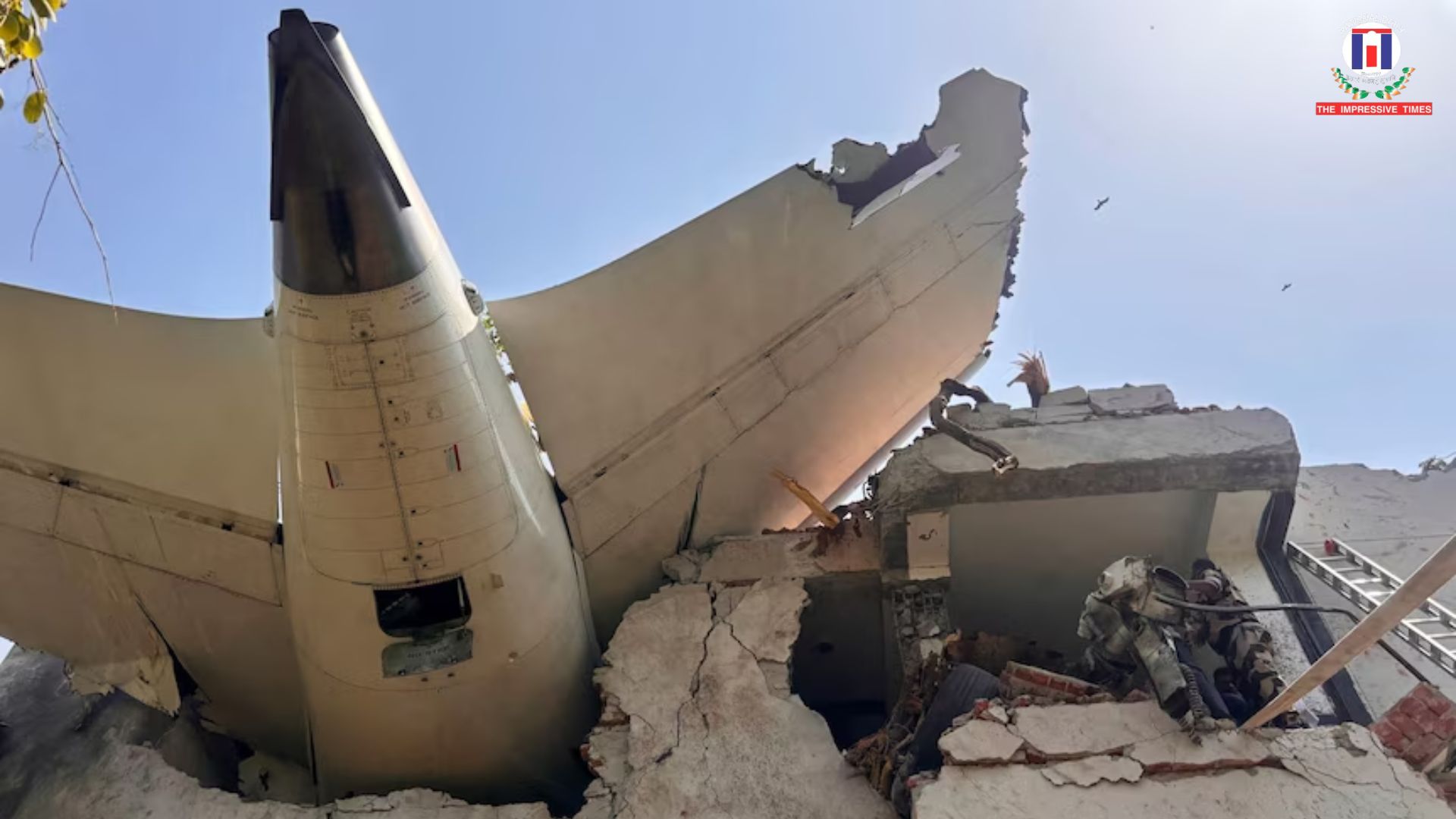
Ahmedabad | July 12, 2025 — India’s worst aviation tragedy in over a decade is raising tough questions as a preliminary report by the Aircraft Accident Investigation Bureau (AAIB) reveals a stunning revelation: the fuel supply to the Air India Dreamliner was manually cut off just 3 seconds after take-off.
On June 12, Air India Flight AI-171, a Boeing 787-8 Dreamliner, departed from Ahmedabad route to London with 242 people onboard. But within 32 seconds of take-off, the aircraft plummeted into a residential area, erupting in flames and killing nearly everyone on board — only one survivor emerged, with 19 additional deaths on the ground.
According to AAIB’s findings:
Experts stress that fuel switches have intentional locking mechanisms that prevent accidental activation.
“You can’t just bump these switches — it requires a deliberate action,” said aviation analyst Keith Tonkin.
Captain Steve Cornell, a Boeing 737 pilot, confirmed the autopilot has no control over fuel switches, and their cutoff is only protocol during engine fire or post-landing — never mid-takeoff.
Other Key Findings:

In a brief statement on X (formerly Twitter), Air India acknowledged the report and stated it is cooperating fully with investigators, but offered no further comments until the final report is released.
“Until we know why the switches were flipped, aviation safety remains in the dark,” Captain Cornell stated.











No Comments: